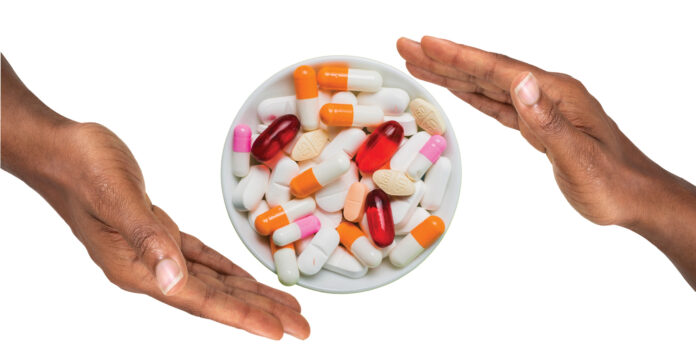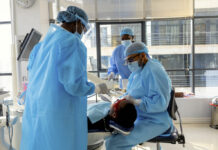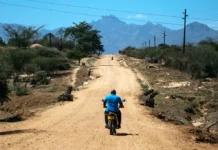The Africa CDC has raised alarm over the escalating threat of antimicrobial resistance (AMR), which is now being recognized as a greater danger to the continent than HIV/AIDS, tuberculosis, and malaria combined.
With a mortality rate of 27.3 deaths per 100,000 people, AMR ranks as the highest globally, disproportionately affecting children and vulnerable populations.
Released in anticipation of the upcoming United Nations General Assembly High-Level Meeting on AMR in September 2024, the report underscores the urgent need for global stakeholders to mobilize resources and develop national action plans, particularly in countries lacking robust frameworks to combat this crisis. The meeting aims to foster commitments and coordinate a comprehensive global response to the staggering rise in drug-resistant infections.
Dr. Jean Kaseya, Director General of Africa CDC, referred to AMR as a “silent threat” that has seen funding levels plummet to a fraction of what is dedicated to other diseases. An estimated USD 2-6 billion is required annually to address this challenge, highlighting a significant funding gap that leaves Africa vulnerable.
AMR arises when microorganisms—such as bacteria and viruses—mutate to resist conventional treatments, largely due to the misuse and overuse of antibiotics in healthcare and agriculture. Consequences include harder-to-treat infections, leading to increased illness, disability, and death.
The report cites a joint study revealing that only 1.3% of microbiology labs in 14 member states can test for critical AMR pathogens. Dr. Huyam Salih, Director of the African Union-Interafrican Bureau for Animal Resources, warned that AMR jeopardizes health systems, food security, and economic stability.
As the specter of AMR looms larger, coordinated, multi-sectoral efforts are imperative to safeguard progress toward the Sustainable Development Goals and the African Union’s Agenda 2063.



















